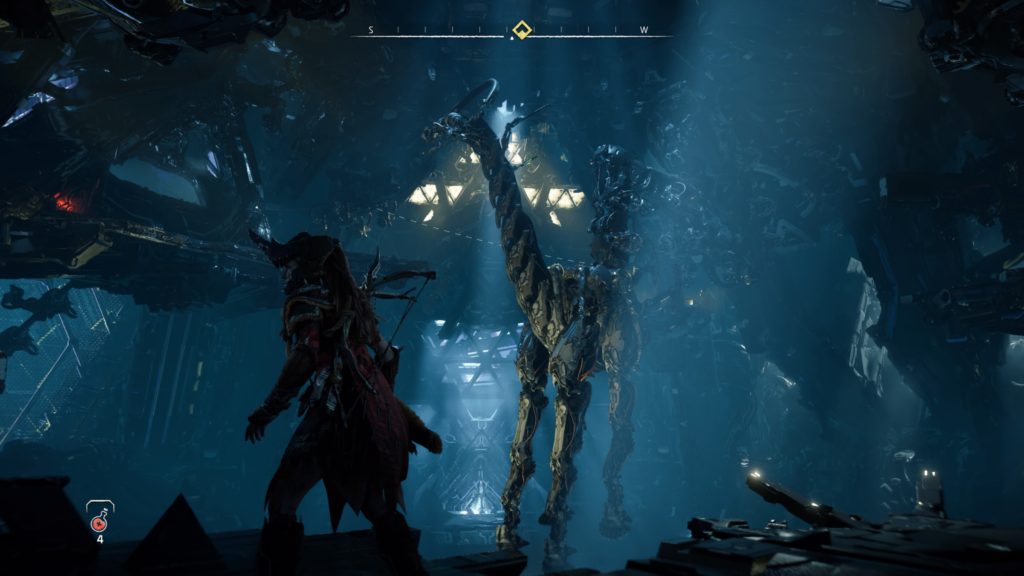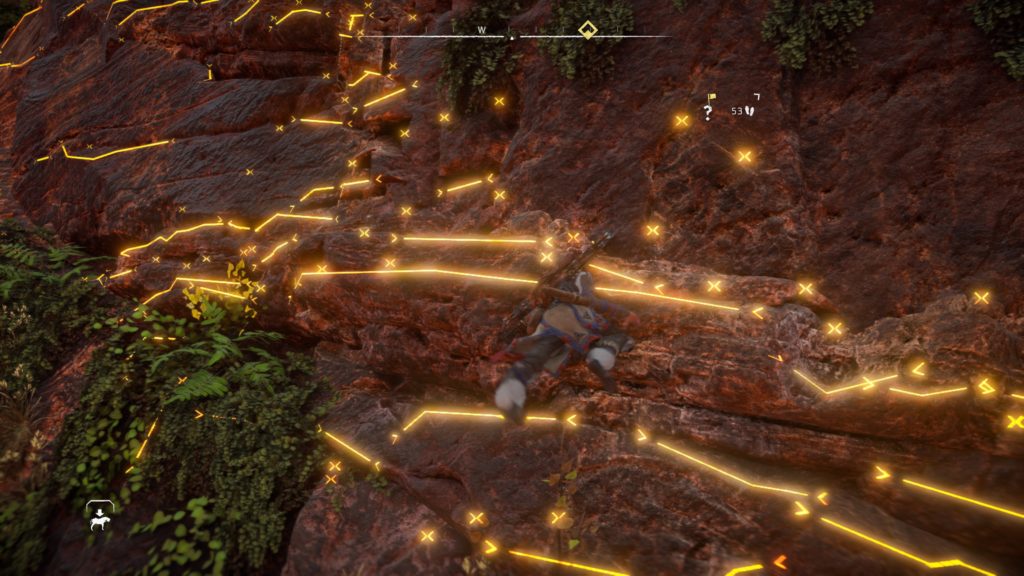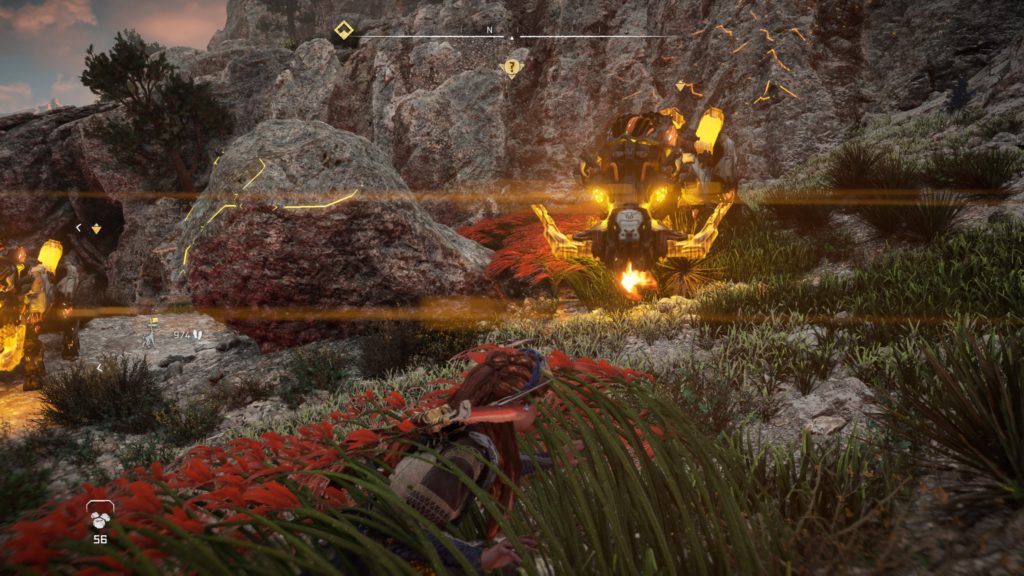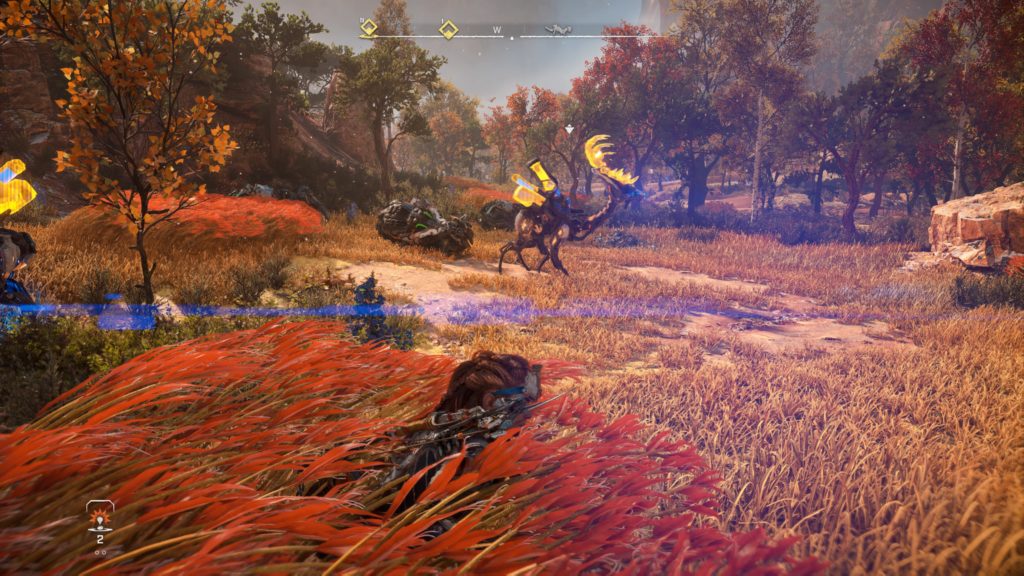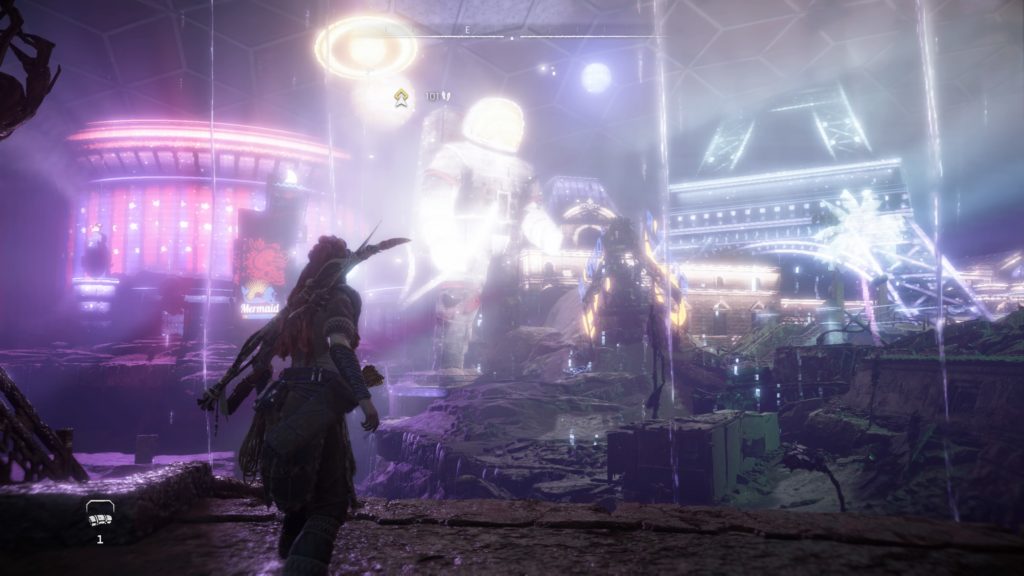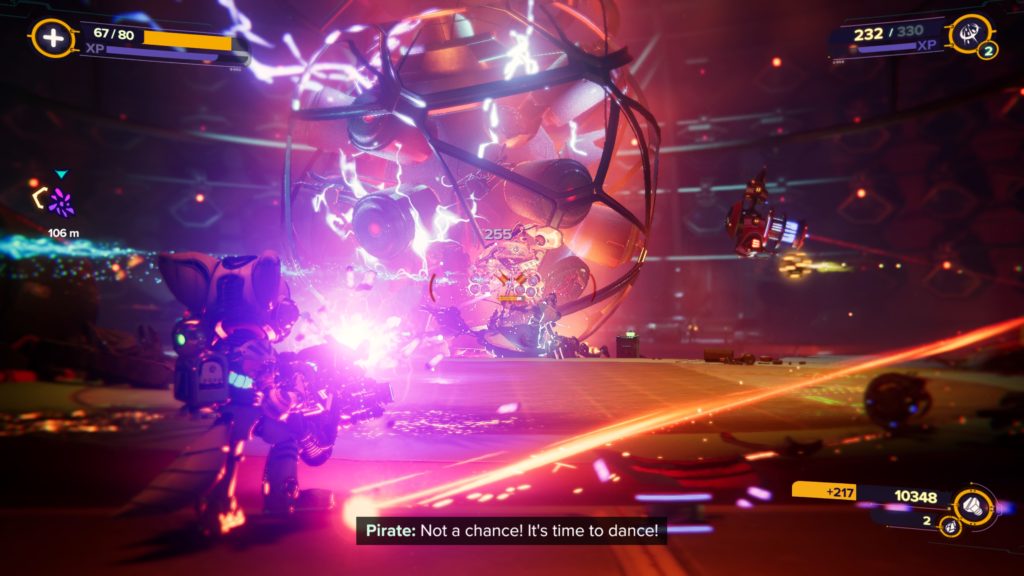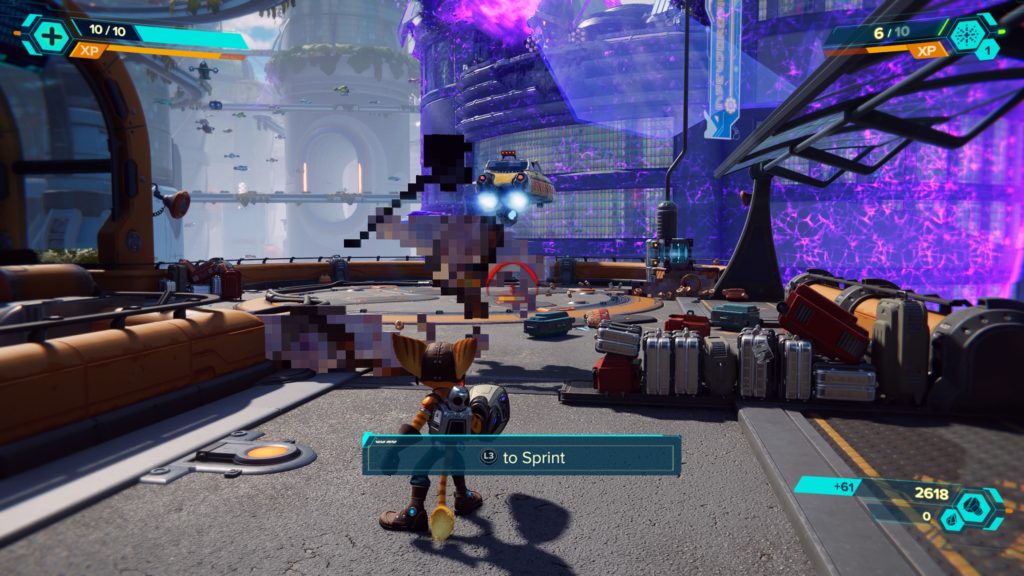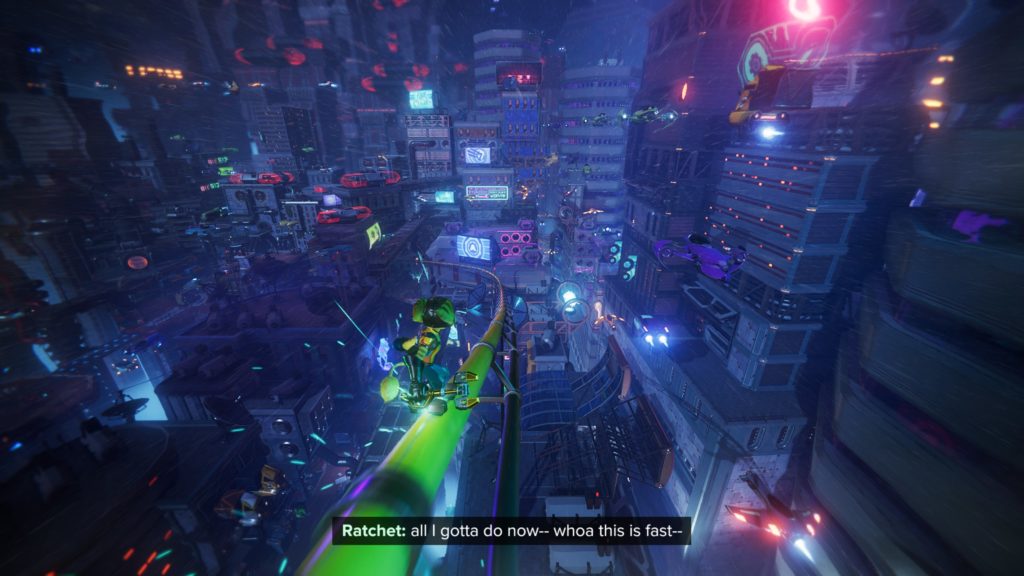- Genre: Racing
- Platform: PS5
- Also Available On: PS4
This one probably could have been titled Set Aside, because frankly that’s what I’m doing. I’m putting this one aside to return to it at some point. The driving experience is still far too good for me to not jump into this one periodically, much like past GT titles. However, everything around it is garbage – just flat out garbage, and it’s baffling that Gran Turismo continues to be like this, because a lot of the problems are not new.
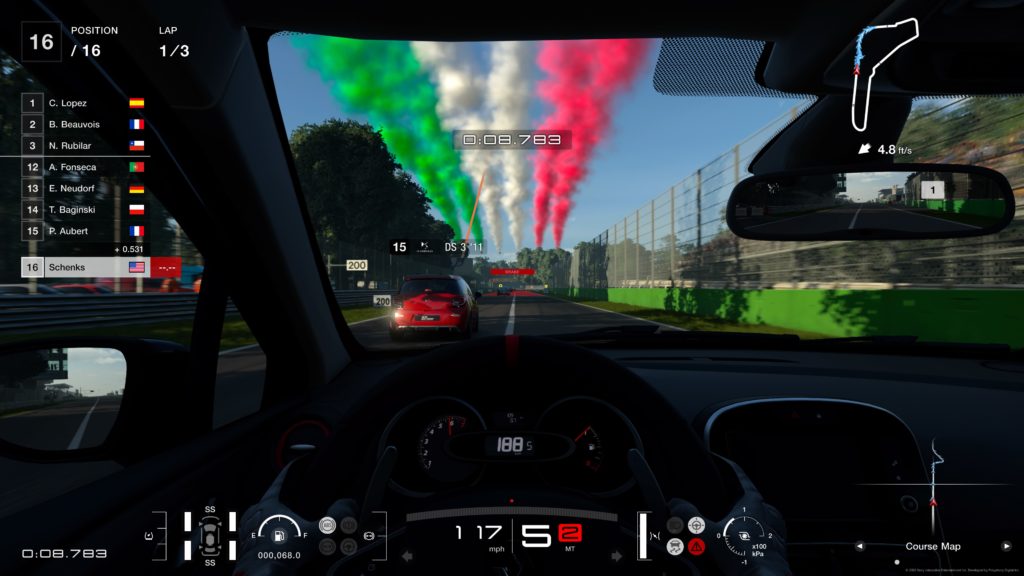
Just on its own, the problems that came over from past games were enough for me to generally pull my very little remaining hair out. Gran Turismo has ultimately been well titled in the past as “The Ultimate Driving Simulator” because the racing experience has always been pretty bad, and it’s still bad here. In past entries, it was something I was largely able to ignore but we’ve continued to have Forza entries in intervening years that at the very least have fun racing, even if the driving experience hasn’t quite felt there. Unfortunately for GT, I’m kind of at the point where I would just rather be playing Forza.
The first obvious thing is that you’re never actually in what I’d call a race. You’re just in a chase. You start every race 20-30 seconds behind the leader, who’s a quarter lap or more ahead of you. You’re given a very limited set of laps to do your best to chase up to the front and try to get the “win”. However, all you’re doing is upgrading your vehicles to the class limits of the races so you can easily outclass the AI enough to get to the front. You’re never just starting an event from the line and going head to head against cars of equal measure. Again, it’s not racing. It’s chasing.
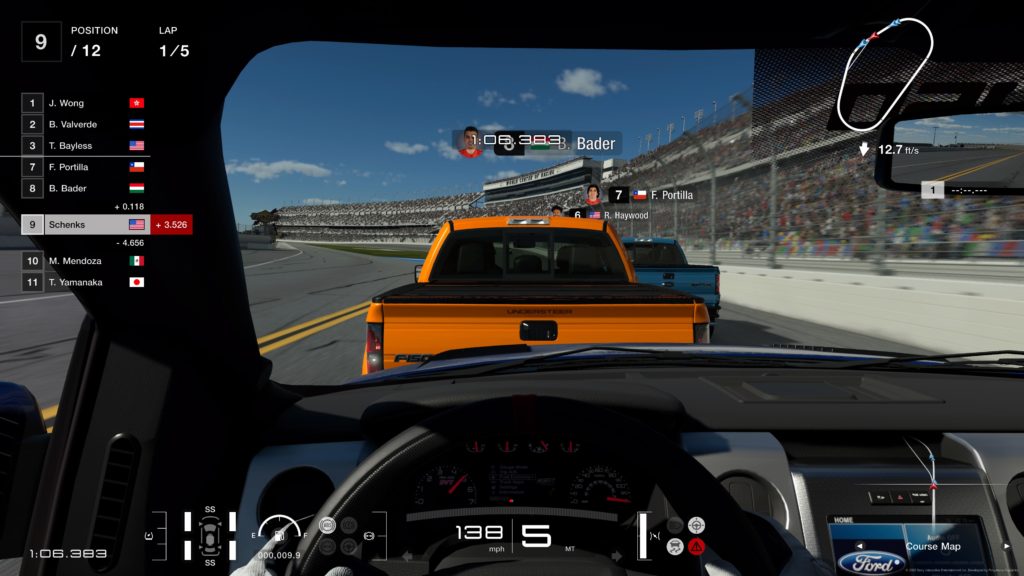
On its own, that sucks. And ya, I can do multiplayer if I want to race but frankly it isn’t why I play these games. However, the AI are also part of the overall problem. They simply aren’t trying to race. They’re just out driving. If you’re next to them and in their perceived line on a turn? Fuck you they’re running into you. If you’re ahead of them and their braking pattern doesn’t match what you want? Fuck you they’re running into you. They just stick to their preset racing line and don’t react to what’s going on around them……which might be fine, but they also rubberband. Their braking is clearly unnatural. Their acceleration is clearly unnatural. Their ability to do things in turns without losing traction is clearly unnatural. As a combination of things on top of the fact that you’re trying to rush to the front ASAP, it results in a frustrating mess of dodging unpredictable and unnatural cars at high rates of speed.
Which again, it sucks, but I expected it. This is Gran Turismo. It’s always fucking been like this. Just like past GTs, the menus also still suck. Things take far too many clicks to get through. There’s far too many layers deep to change simple things. Modifying your car’s setup is still in weird spots. Restarting a license event when you don’t quite hit gold is still slower than I want it to be. But again, these are all things I expected. I knew that all of this stuff was going to be the case going in, and I wanted to play it anyway because the driving experience part of the games is what always drew me in. So they went ahead and added more problems anyway.
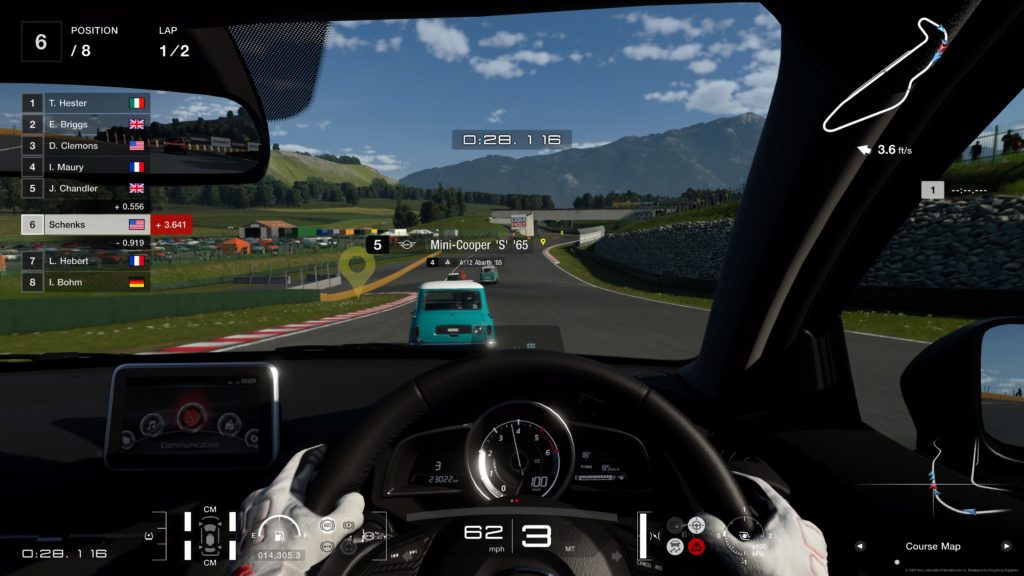
Simply put, the game shipped with barebones content on the single player side. There just isn’t really the wide set of unique races that past games have had. Rather than being a wide array of manufacturer specific races, there’s a handful for a couple of companies like Porsche, then a handful of country specific events. The rest are largely class type races. You’re completely missing out on the wide array of lower power races like the old Mini Cooper or K-Car races. You’re missing out on some of the fun endurance events that encouraged tuning less exciting vehicles to go for as long as possible without needing refills or tire changes. It’s just missing the interesting random stuff that made expanding your garage fun.
Which doesn’t really matter, because the economy is completely busted. Get a duplicate car? Too bad, they removed selling it. Car prices? Now modeled after realistic car values rather than being set to some gamified practical price. Have fun with your $400k Skyline. Don’t like the changes to driving dynamics if you apply engine mods? Too bad, they’re permanent. Buy a new engine, often as expensive as the car was to start with. Want to put a set of racing tires on your car? Well about 75% of the races don’t give you enough money to do that through one try, so lmao start grinding. A lot of the public is pessimistically noting this as a consequence of microtransactions trying to be encouraged, and there’s probably some bean counting going on to prove that out, but frankly a lot of this just feels like bad design.
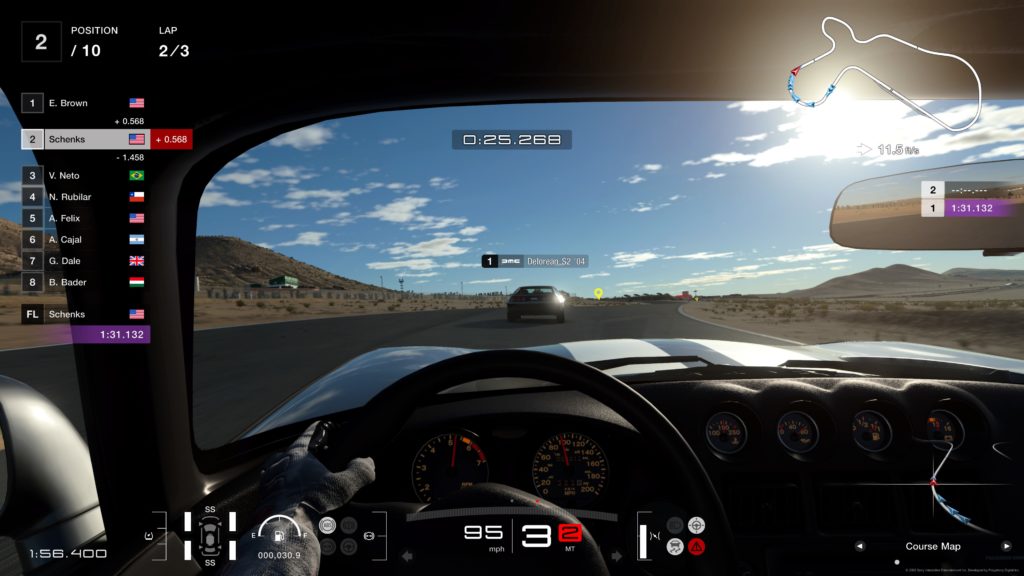
Ultimately, this was all capped by the game forcing an online connection, even in single player mode. The development team claims this was to prevent hacking in multiplayer, but that feels like a copout. People that want to play in multiplayer will accept some form of restrictions, be that an online-only profile, multiplayer being distinctly separate, etc. Make that distinction and keep it on its own. Don’t let it affect the single player. Frankly, the single player could be balanced much better without the online chain around its neck.
All of these little things are basically making me put the game down. Sure, the driving experience is still as fun as ever. Doing hot laps for shits and giggles in a Miata is great. It’s as close as I’m generally going to get to taking the ND in my garage out to these tracks, and I love it. However, everything around feel like the game is actively trying to get me to put it down. It has old Gran Turismo problems that have been ignored at this point for literal decades and adds new problems that just make the game insufferable to play, so this one is going back on the shelf until it starts to see some patches roll through.
Perhaps by then I’ll be playing Forza 8 anyway.


